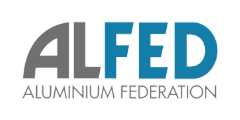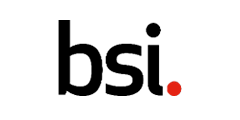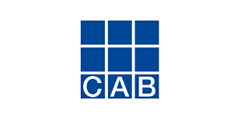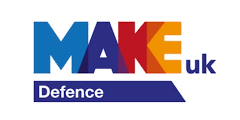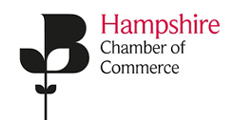
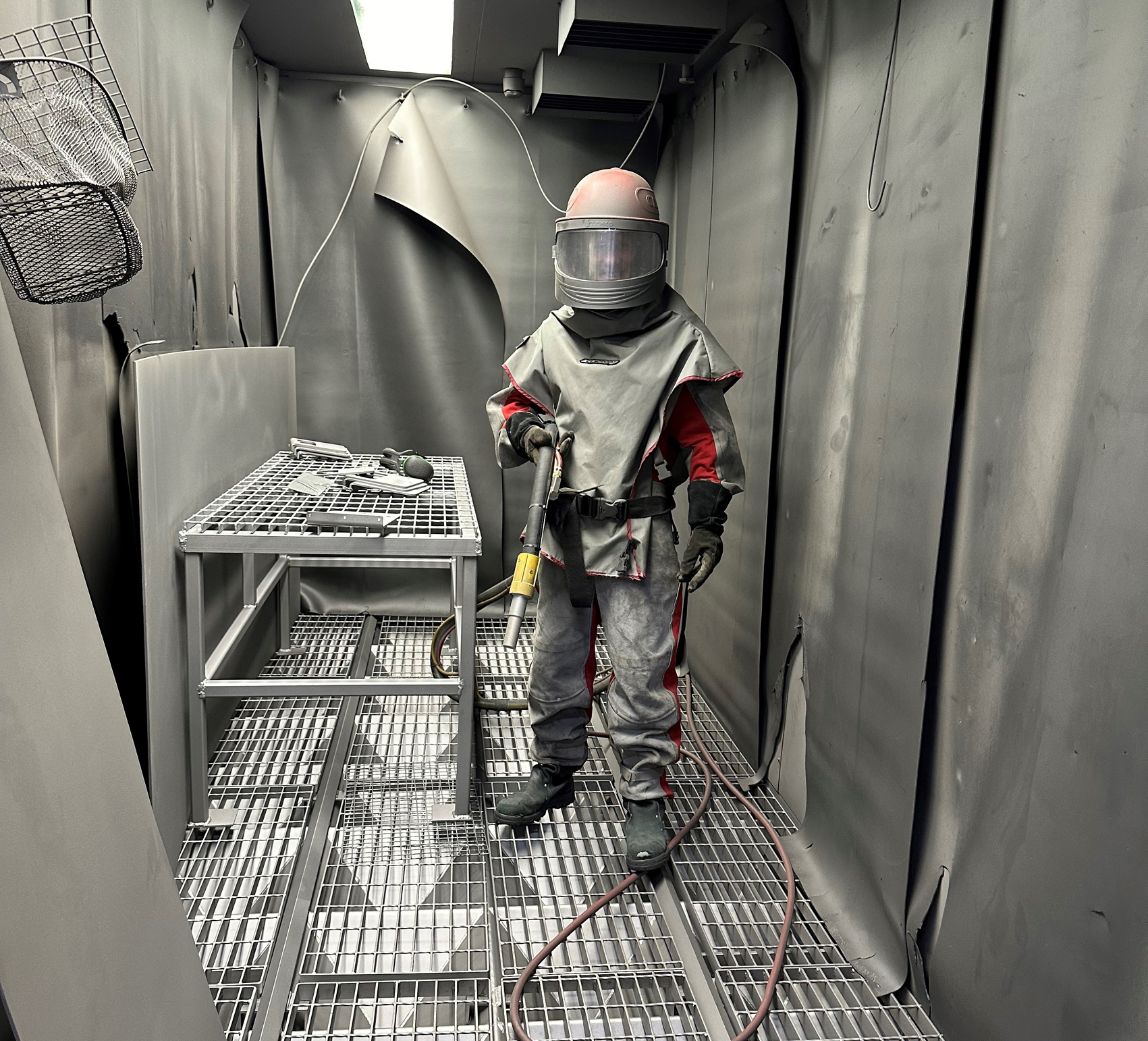
From the outside, powder coating seems like a simple job. The metal goes in and comes out covered in a protective, colourful coating, to your design, extending the lifespan of your metal.
But, behind the finished product is a complex process that takes time, education, and dedicated effort to deliver a successful end product. So, to give you a little more understanding about what is involved, and why powder coating is the leading way to protect metal from erosion, degradation, and dirt, we are looking at some common powder coating terms.
Shot blasting is a surface finishing technique used to pre-treat or clean the metal before the powder coating is applied. Shot blasting is popular in almost every industry that uses metal, including aerospace, construction, automotive, shipbuilding, rail, and many more.
Shot blasting might sound explosive, but the name is actually related to the tiny steel balls that are used in the process. These balls, or sometimes crushed steel, are propelled at the metal under high pressure to smooth a rough metal surface, roughen a smooth surface, shape a surface, or remove contaminants.
With powder coating, shot blasting is most commonly used to remove previous power coating, to roughen smooth metals to enable the powder coating to adhere better to the metal, and to remove rust and contaminants. The abrasiveness of the shot blasting can be adjusted according to the metal in question.
Etching is another surface finishing technique often used in the pre-treatment phase of powder coating. However, this method involves immersing the metal in an etchant or swabbing the surface with the chemicals.
Doing this corrodes the microstructural features on the outside of the metal, removing oxidation and contaminants, and providing a rougher metal surface for the powder coating to cling to. This helps to ensure a successful and long-lasting powder coating. The amount of time that the metal needs to remain submerged varies according to the system of etching used and requires an experienced technician to carry out.
When you take a piece of metal for a powder coating finish, it can be designed to be a particular colour that fits with your needs. This has no impact on the integrity of the powder coating, and the RAL chart contains 1,625 colours to choose from.
The technicians may ask you to provide the RAL colour you want the powder coating to be. The RAL colour chart is a European colour matching system which defines colours for paint, coatings, and plastic similar to other colour charts such as Pantone; however, these two charts cannot be interchanged.
Blistering refers to bubbles formed under a cured powder film, usually caused by the expansion of trapped air, moisture, or corrosion, either in the coating or in the substrate. This often occurs due to oil or grease being left on the metal before powder coating occurs.
The key to avoiding this problem is to ensure the metal goes through an effective pre-treatment process to remove all contaminants from the surface. If this problem continues to arise, it is likely you need to check the compressed air supply.
This is just a slice of the powder coating process. It isn’t as simple as applying a coat of paint and hoping for the best. It is a detailed process that ensures the application lasts for as long as possible.
Tomburn has perfected the powder coating process over the years, satisfying clients and protecting metal year after year. Our knowledgeable technicians ensure that our powder coating lasts a lifetime, and looks excellent for longer. For more information, or for a quote, give us a call on 02392 692 020.

Find out how Tomburn has helped transform our clients buildings, products and projects.
Find out more
